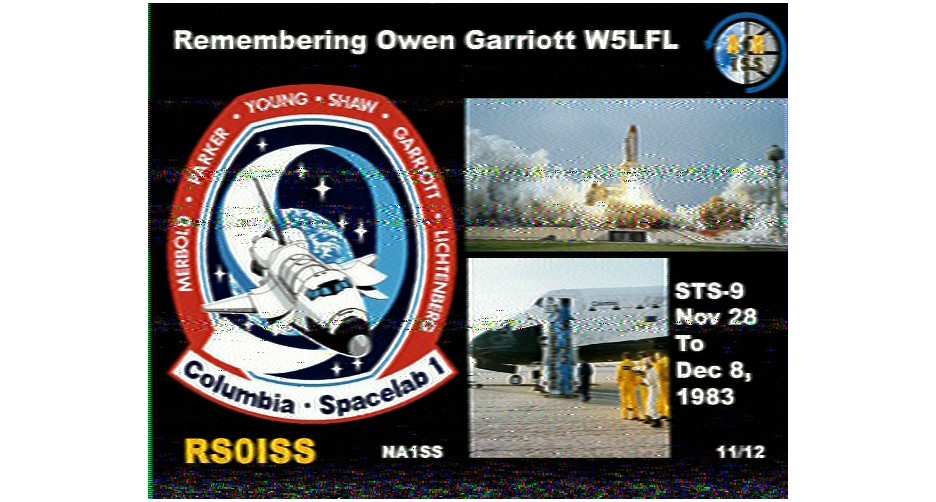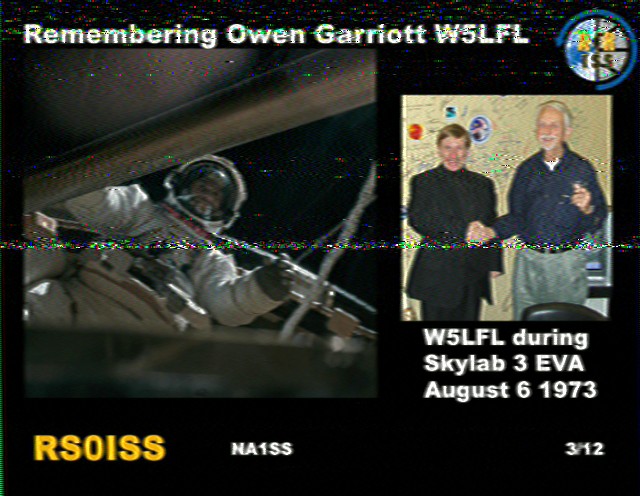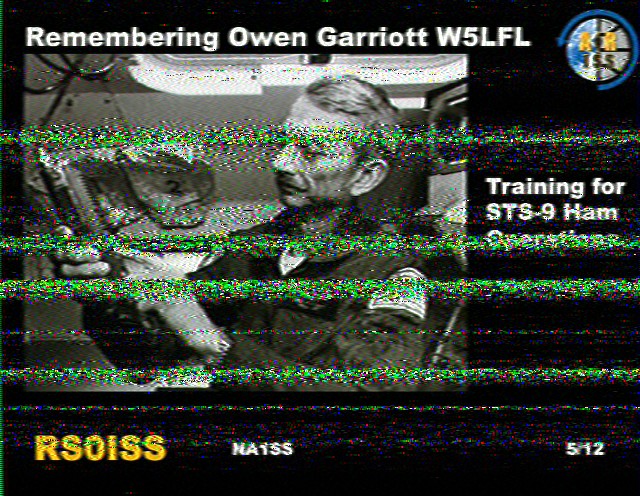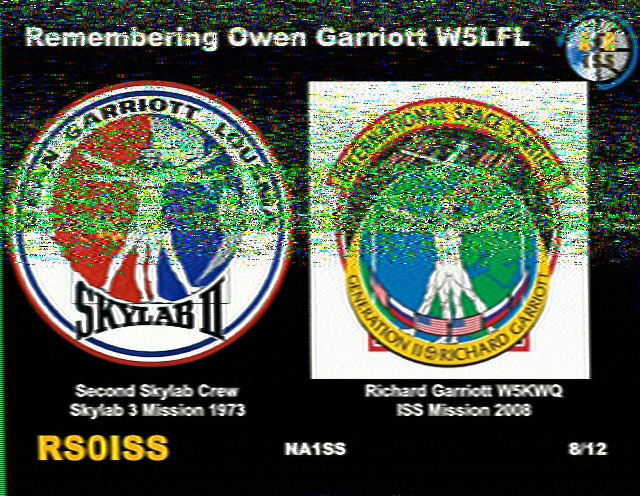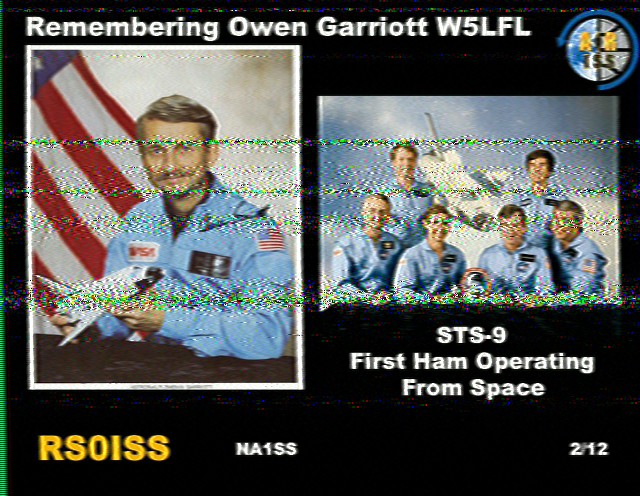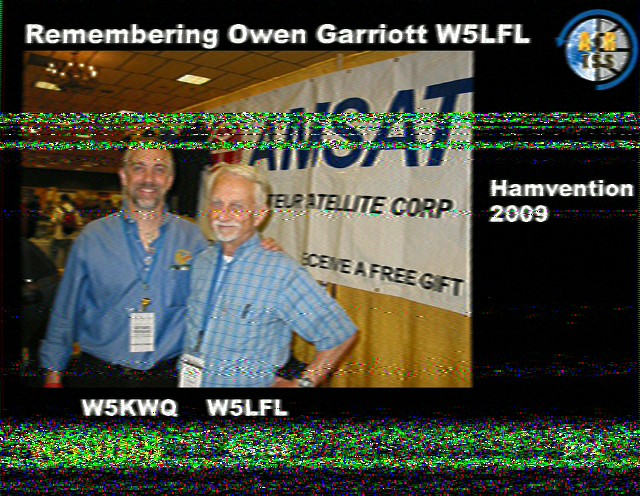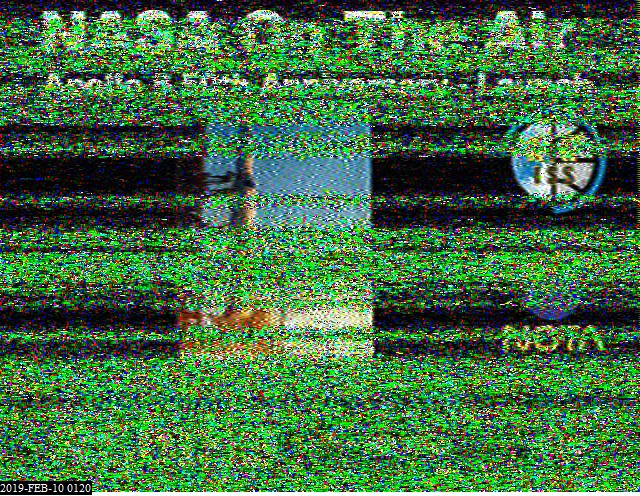A couple weeks ago, I got my first SDR (Software Defined Radio). I’ve been messing around with it, every chance I get, and I’m really liking some of the things it does. At first, I had it hooked up to a discone antenna on my lower roof, and it seemed to work really well.
Within the past week, I discovered ADS-B, which is basically data frames that are sent down from airplanes on 1090 MHz. The information sent includes altitude, location, speed, identification, and more. That information can be received by a program that decodes it, then another program will allow you to visually “see” the plane on a map. Even in the middle of nowhere, it’s amazing to see just how much flies over us.
I got into it so much that I wanted to build a better antenna, just for 1090 MHz, and put it in a better position on my roof. The other day, in under two hours, I had built a ground plane antenna for that frequency, and had it mounted and the wires ran to the SDR. It actually performs a lot better than the discone. Not sure if it’s because of the design or the location, though.
The antenna was built for receive only, so I wanted to see how it performed on other frequencies, too. Since there’s no transmitting, there’s no way I could hurt anything by listening. Amazingly, the antenna actually picks up the local 2 meter repeater better than the discone, too (which really makes me think it’s the mounting location difference).
Yesterday, I wanted to see if I could also pick up any satellites or the ISS with it. I fired up the ISS Detector app on my phone, and started switching through different satellites as they passed over. The only thing I was actually able to pick up was a couple of NOAA satellites. I really wanted to catch the ISS (which passed over, almost overhead at about 10:20pm), but I wasn’t able to hear anything. I’m sure I’ll try again, when I have some time.
In other updates, I have been making more contacts on 10 meters, and started logging them on LoTW. I also sent my very first physical QSL Card. Chad – KD9AXO – asked me if I send them, and I told him that I wanted to, but haven’t done too much HF, and was waiting. He gave me the kick I needed to get something designed and printed. It wasn’t real pretty and not on as heavy of card stock as I wanted, but hopefully he understands. The funny thing is, the first QSL Card that I sent was for a 400 mile contact on 2 meters during a beautiful Tropo event. He was running 5 watts through a vertical, and I was going through the repeater. IMO, it counts.
UPDATE: Chad actually sent me a QSL card, as well. I received it the day after I originally posted this. He sent his out before mine even reached him, so they crossed in the mail. Very nice surprise!
